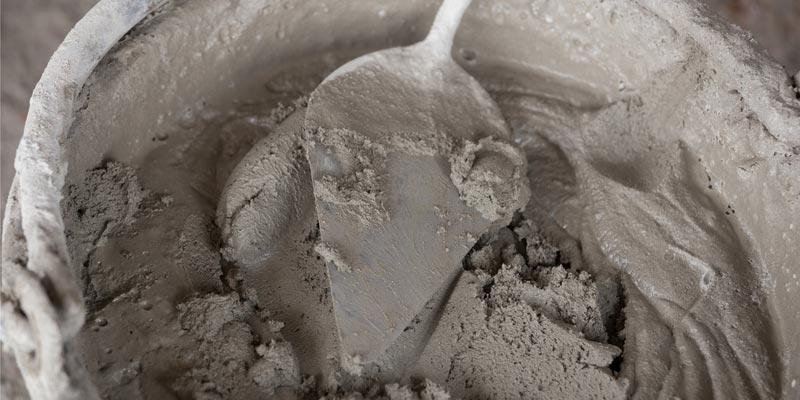Search This Blog
Most Popular
Categories
- Building Construction (87)
- Building Materials (85)
- Columns (2)
- Concrete Beam (3)
- Concrete Construction Techniques (6)
- Concrete Mix Design (14)
- Concrete Repair (14)
- Concrete Slab (11)
- Construction Equipment (17)
- Construction News (7)
- Design of Structures (18)
- Engineering Drawing (1)
- Estimation (3)
- Geotechnical engineering (26)
- Highway Engineering (11)
- Innovations (34)
- Material Testing (11)
- Matrix Analysis of Structures (2)
- Mechanical Engineering (3)
- Strength of Materials (2)
- Structural Analysis (13)
- Structural Design (24)
- Structures (17)
- Transportation Engineering (9)
Classification of Mortars in Construction
Team Prodyogi
September 06, 2020
Mortar can be classified into lime mortar, surkhi mortar, cement mortar, gauged mortar, gypsum mortar and mud mortar.
 |
| Classification of Mortars in Construction |
1. Lime Mortar
- Lime mortar is used as binding material.
- The lime used can be hydraulic lime or fat lime.
- Fat lime is pure carbonate with 5% clayey impurities.
- Hydraulic lime is obtained from limestone with clayey materials from 5 to 30 % with some amount of ferrous oxide.
- Mortar made out of fat lime is suitable for thin joints. But not suitable for water-logged and damp areas.
- Hydraulic lime can be used for dam situations as it sets faster than fat lime.
- Generally lime to sand ratio is 1:2.
2. Surkhi Mortar
- In this mortar sand is completely replaced by surkhi also called finely powdered burnt clay.
- Used for ordinary masonry work in foundation and superstructure.
- Not used for plastering or pointing as it will disintegrate after some time.
3. Cement Mortar
- Used as binding material.
- The mortar ratio between 1:2 to 1:6 is used depending upon the importance of work, the proportion of cement to sand.
- It is used in plastering works, masonry works where high strength and water resisting properties are required.
4. Gauged Mortar
- Quality of lime mortar to achieve early strength can be increased by adding cement. This process is called as gauging.
- A lime mortar which is more economical, dense and strong are obtained.
- The ratio is between 1:6 to 1:8.
- It is used for bedding and thick brick walls.
5. Gypsum Mortar
- Prepared using gypsum as binding material.
- It is used to make tile, wall boards and for architectural boards.
- Not suitable for exterior works as it absorbs water.
- The ratio lies between 1:2 to 1:4.
Also Read:
Most Visited
Soil Sampling Methods| Undisturbed and Disturbed Samples
November 08, 2023
Boring Methods for Soil Exploration
November 02, 2023
What are Infiltration Wells?
April 15, 2024
Steel Column Connected to Concrete Masonry Wall
October 11, 2017
How to Choose Good Quality Aggregates for Construction?
August 10, 2021
Terzaghi's Equation: Soil Bearing Capacity for Foundations
March 02, 2022
Structure of Timber |Macrostructure and Microstructure
March 22, 2024
Search This Blog
MUST READ
What is PERT? Objectives, Pros & Cons
September 10, 2017
Terzaghi's Equation: Soil Bearing Capacity for Foundations
March 02, 2022
Contact Form
Footer Menu Widget
Created By SoraTemplates | Distributed By Gooyaabi Templates

0 Comments
Commenting Spam Links Are Against Policies